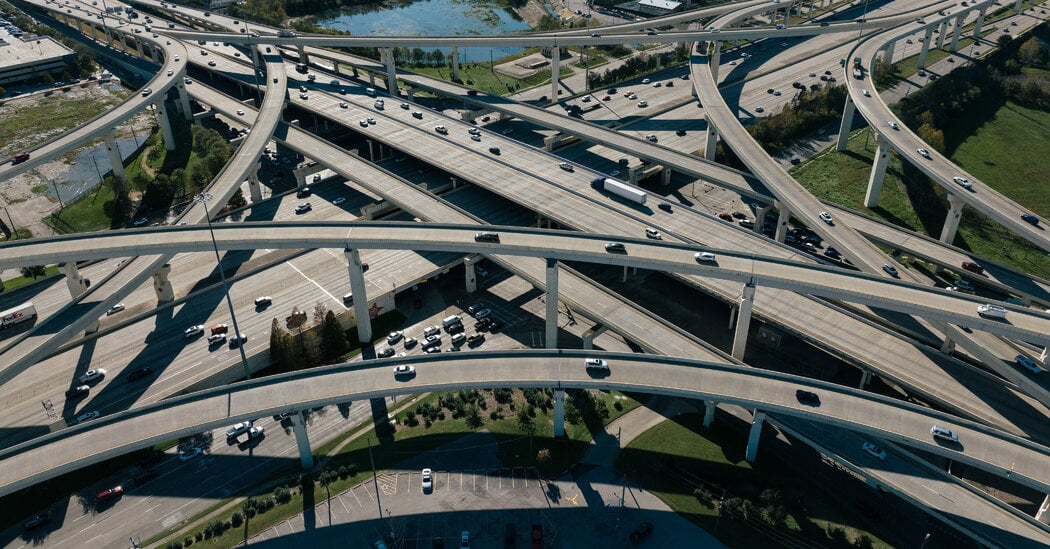- cross-posted to:
- fuckcars@lemmy.world
- cross-posted to:
- fuckcars@lemmy.world
For critics of widening projects, the prime example of induced demand is the Katy Freeway in Houston, one of the widest highways in the world with 26 lanes.
Immediately after Katy’s last expansion, in 2008, the project was hailed as a success. But within five years, peak hour travel times on the freeway were longer than before the expansion.
Matt Turner, an economics professor at Brown University and co-author of the 2009 study on congestion, said adding lanes is a fine solution if the goal is to get more cars on the road. But most highway expansion projects, including those in progress in Texas, cite reducing traffic as a primary goal.
“If you keep adding lanes because you want to reduce traffic congestion, you have to be really determined not to learn from history,” Dr. Turner said.



I think a lot of people, specifically city leaders and planners, would do well to keep this in mind. The problem is people need to move from their homes to work, retail, and entertainment destinations. A car is only one solution to that problem, there are many others. I think they also need to be more intentional about what they want a city to become. Adding a lane might sound like a good quick fix, but what do they want these cities to look like in 50 years? I think that is rarely considered, and as a result our cities aren’t designed with and intention or larger vision, they just become whatever they become.
They don’t consider it because they want to be re-elected in the next few years. Fixing a problem that’s more than “the next election” away holds no interest for them, or most of their constituents.